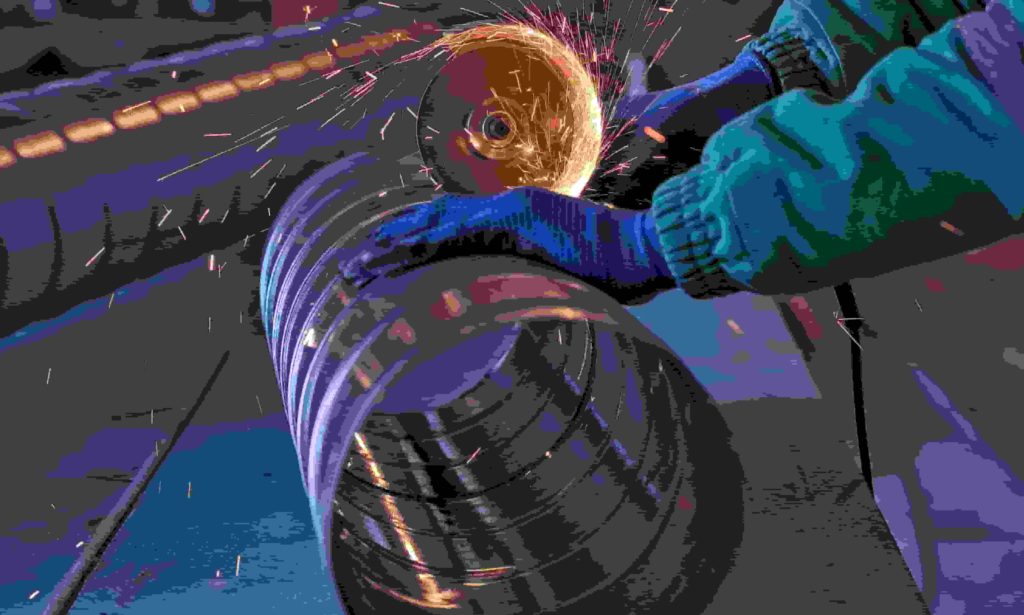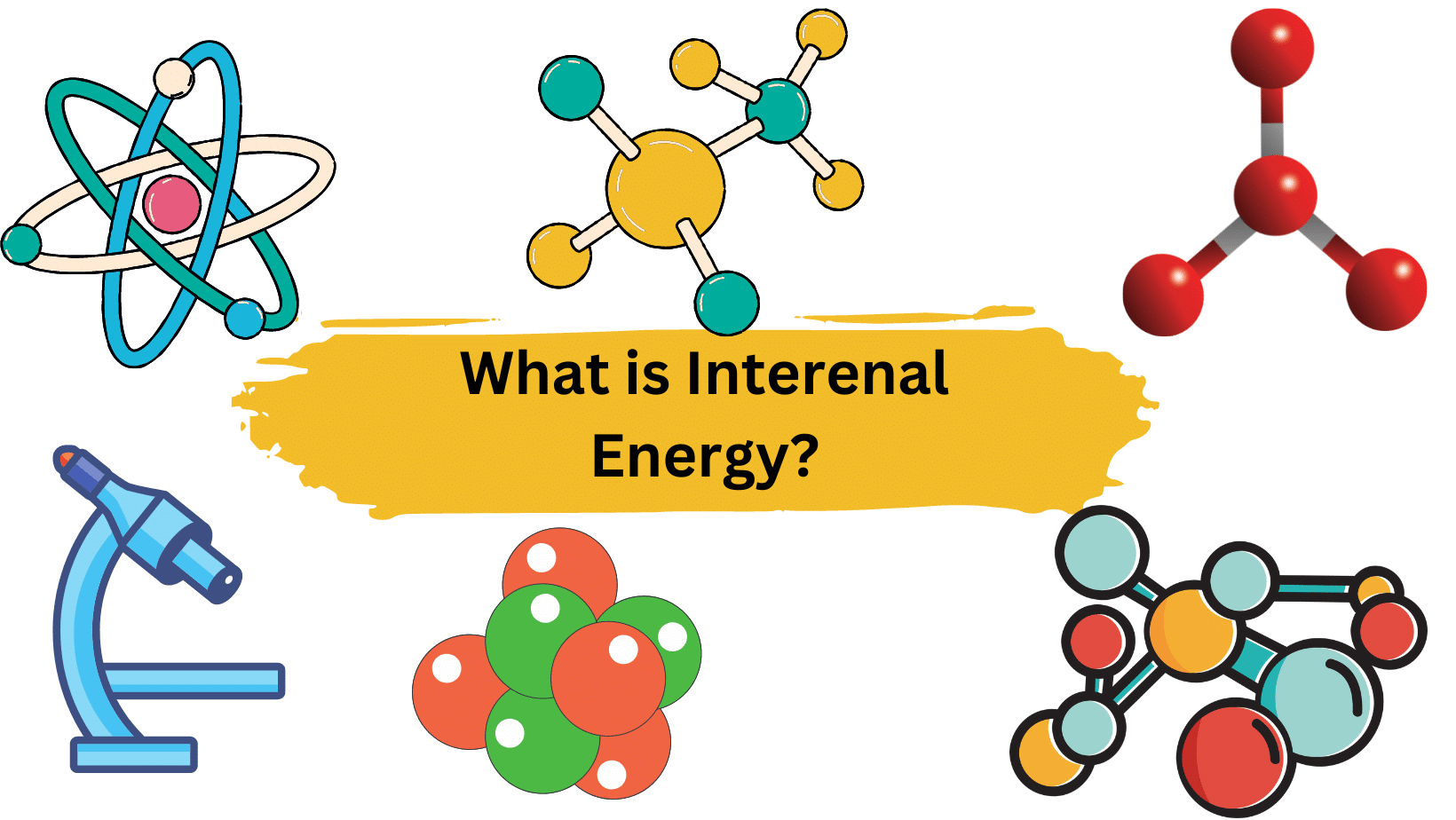Sterilization is defined as any physical or chemical technique that destroys all forms of life, is most commonly used to eliminate bacteria, spores, and viruses. Sterilization is the full elimination of all microorganisms by the use of an appropriate chemical agent or heat.
This article includes the definition of Sterilization and various methods to do sterilization.
Table of Contents
Definition of Sterilization
Sterilization is defined as the process of destroying or eliminating all kinds of microbial life in healthcare facilities using physical or chemical means. For instance, Hydrogen peroxide is a liquid chemical sterilizing agent that is a strong oxidant and may destroy a wide variety of germs. It is useful for sterilizing heat or temperature-sensitive equipment such as endoscopes. A higher concentration (35-90 percent) is used in medical applications.
Some different types of sterilization are listed below:
- Sterilization with steam.
- Dry Heat Sterilization.
- Sterilization with Ethylene Oxide “Gas.”
- The plasma of Hydrogen Peroxide Gas
- Sterilization with peracetic acid.
Decontamination methods include disinfection and sterilization. Disinfection is the process of removing or reducing hazardous bacteria from inanimate items and surfaces, whereas sterilization is the process of destroying all microorganisms.
Sterilization is vital since it kills all germs, viruses, and illnesses. Disinfection methods used before and after medical treatments help to limit germ transmission. It is important to safeguard not just patients but also medical personnel.
More Links
Viscosity| Definition, Types, Formula, Examples
Filtration Definition and Types
Fluid Friction| Definition, Types, and Factors Affecting
Surface Charge density
London Dispersion Force| Definition and Examples
Plastics and Polymers| Definitions and Examples
Concentration Gradient Definition| Easy Examples
Disclaimer
Whatsinsight.org‘s blog and everything published on it are provided solely as an information resource. The blog, its authors, and affiliates accept no responsibility for any accident, injury, or damage caused by following the information on this website, in part or in whole. We do not recommend using any chemical without first consulting the manufacturer’s Material Safety Data Sheet and following the safety advice and precautions on the product label.
- BCl3 Lewis Structure in four simple steps - November 1, 2023
- PH3 Lewis Structure in four simple steps - October 8, 2023
- PF3 Lewis structure in four simple steps - September 24, 2023



